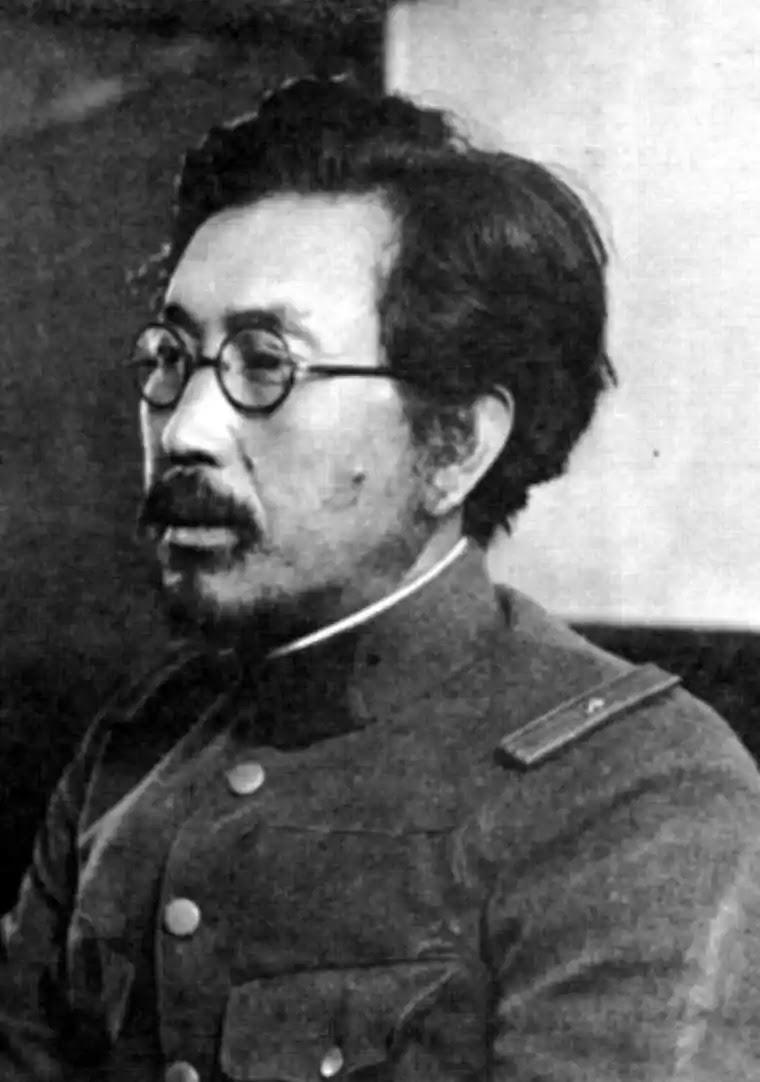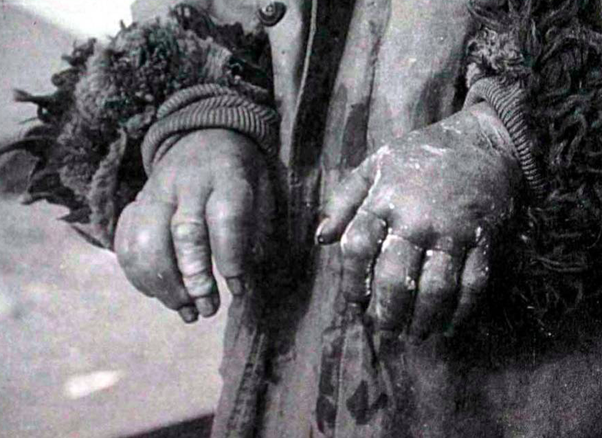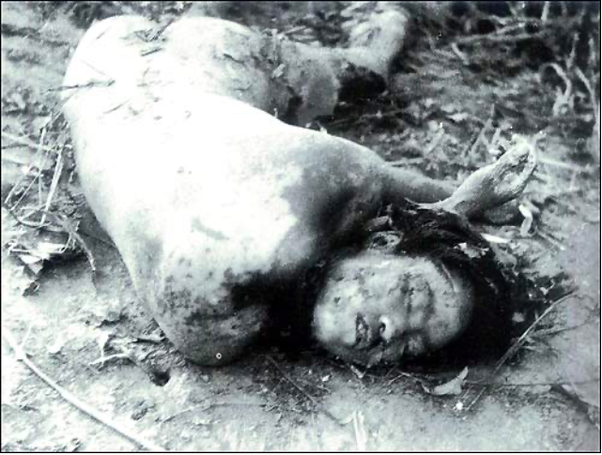What are war crimes?
War crimes were considered the part of the whole war incidents that tool place and only sometimes prosecuted at national level. The scenario changed after world war 2 due to extreme loss in life following the events like Jewish holocaust the first tribunal to investigate major war crimes was held in 1945 conducting trials against Nazis.
Japanese war crimes-
Japan’s 731 unit
(Warning: Contains graphic photos and content that some may find disturbing. Viewer discretion advised. )
In 1937 and 1945, the Imperial Japanese Army conducted lethal and inhumane human experimentation in northeast China. Mainly on Chinese and Russian populations.
The group conducting the experiments was known as Unit 731, comprising 3,000 researchers, but started with one man—Lieutenant-General Ishii Shiro.

Shiro hoped to use his knowledge of science to help make Japan a global power. Then, when the government took an interest in biological weapons following the 1925 Geneva Protocol ban on germ warfare (along with Japan’s acquisition of Manchuria, which made for a high supply of “test subjects”), Shiro set up shop and started conducting some of the most heinous war crimes ever committed in the name of science.

Researchers vivisected prisoners (often without anesthesia)
Injected diseases such as: syphilis, anthrax, and gonorrhea into victims
Raped women to then conduct experiments on their fetuses
Used prisoners as human targets for grenades
Burned people alive
Dropped plague-carrying fleas onto nearby Chinese villages to study how quickly the disease spread.
After committing the most heinous atrocities, many Unit 731 researchers never stood trial for their war crimes.
The United States—eager to beat the Soviet Union in the global arms race, granted them immunity on the condition that they give the U.S. the information they gathered when conducting their experiments.
Two declassified government documents reveal that the U.S. eventually paid over $2.3 million for that data.
Here are the experiments in more detail:
Freezing humans alive:
Yoshimura Hisato (a physiologist assigned to Unit 731), took a special interest in hypothermia. Hisato routinely submerged prisoners’ limbs in a tub of water filled with ice and had them held until the arm or leg had frozen solid and a coat of ice had formed over the skin.
One eyewitness described the limbs making a sound like a plank of wood when struck with a sugarcane.
Hisato also looked at the rapid rewarming of the frozen appendage. He often did this by dousing the limb with hot water, by holding it close to an open fire, and other times by leaving the “subject” untreated overnight to see how long it took for the person’s own blood to thaw it out.

Unit 731 Vivisections on live prisoners with no anesthesia.
Thousands of men and women, mostly Chinese communist prisoners, as well as children and elderly farmers were infected with diseases such as cholera and the plague before having their organs removed for examination. This was whilst they were alive and without anesthesia, to study the effects of the disease without the decomposition that occurs after death.
Limbs were amputated and reattached to the other side of the body, while others had their limbs crushed or frozen, or had the circulation cut off to observe the progress of gangrene. Alive and without anesthesia.

